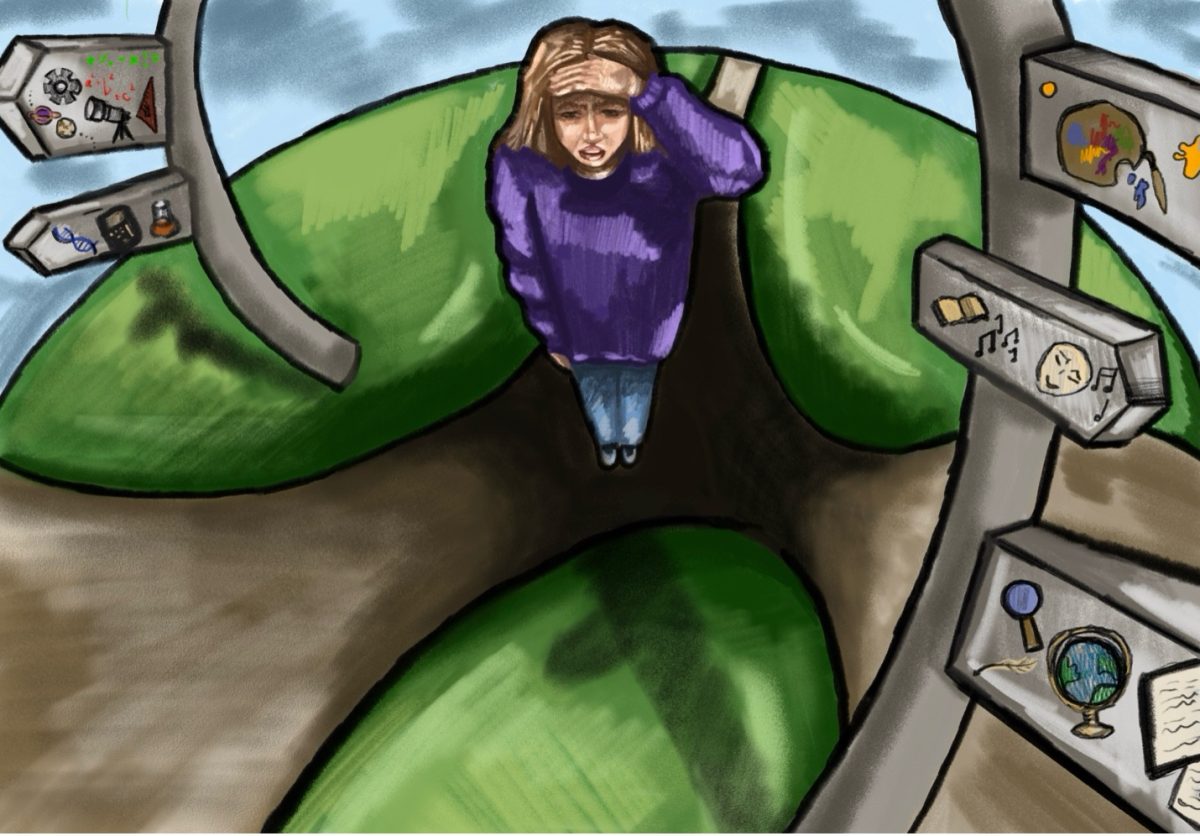Earlier this week, I was having a conversation with my friends over dinner when I noticed something peculiar. In between bites, we discussed the usual topics: the weight of our never-ending pile of assignments, various awkward encounters (byproducts of the “Zoom University” lifestyle), the idiosyncrasies of our spring quarter professors, and the poor choice of underestimating the cold. But one comment struck me: I can’t believe we’re halfway through spring quarter already.
It was a sentiment that I’d heard thousands of times—the topics of warped time and speed-running through the year were all too familiar—but it hadn’t really hit me until this conversation. For some reason, my friends and I always find ourselves yearning for the past—the excitement of fall quarter when we first arrived on campus, the odd sense of solidarity as we ploughed through winter quarter’s never-ending snow—without ever finding a sense of comfort or enjoyment in our present situation. In what is supposed to be the most jam-packed era of my youth, my peers and I have already fallen victim to this loop of nostalgia—but that might not be a bad thing.
From reminiscing about the freedom of last weekend to remembering early quarantine (how did we collectively obsess over Tiger King for weeks on end?), nostalgia has unexpectedly defined this whirlwind chapter of our lives. When deep in the throes of midterm season or personal struggles, I’ve clung to nostalgia as a temporary form of escapism. Our camera rolls become a mosaic of memories—the first trip to “The Bean,” move-in day, late-night Bart Mart runs. Spring quarter burnout and recent polarizing events have provoked a deep sense of fear and uncertainty within UChicago’s community, making it more important than ever to create these channels for emotional release.
Your average UChicago contrarian would, at this point, perhaps argue against nostalgia—It’s not a coping mechanism. You’re wasting time vicariously living through your past self! But I, among the mass of people who enjoy relishing in nostalgia and glamorizing those ’90s-esque film photos in our Instagram feeds, think that there’s a lesson to be learned here. More often than not, nostalgia provides us with a cohesive narrative of our lives thus far; now, it’s also become a way to make sense of the ambiguity of the present and future. We get a chance to view those treasured memories as individual time capsules, and we can take this as an opportunity to learn more about what we want from our lives and from ourselves.
As vaccines become more widespread, the promise of a normal college experience is around the corner. We can use nostalgia as a way to draw more carefully what we want from our post-COVID selves. Looking back at old pictures and experiences, forgotten classes, and expired phases, we remember the periods of our lives that were saturated with doubt and rediscovery. As our notions of time have become more malleable, another idea solidifies: we have only 24 hours of the day to add to our inventory of experiences. That window of time is indispensable. As we enter the second half of spring quarter—and near the end of this wildly unorthodox school year—I urge you to think about nostalgia as a learning experience rather than as our daily serotonin rush. Learning to find comfort in the good times (past and present) is a perfect place to start.
Rachel Ong is a first-year in the College.







